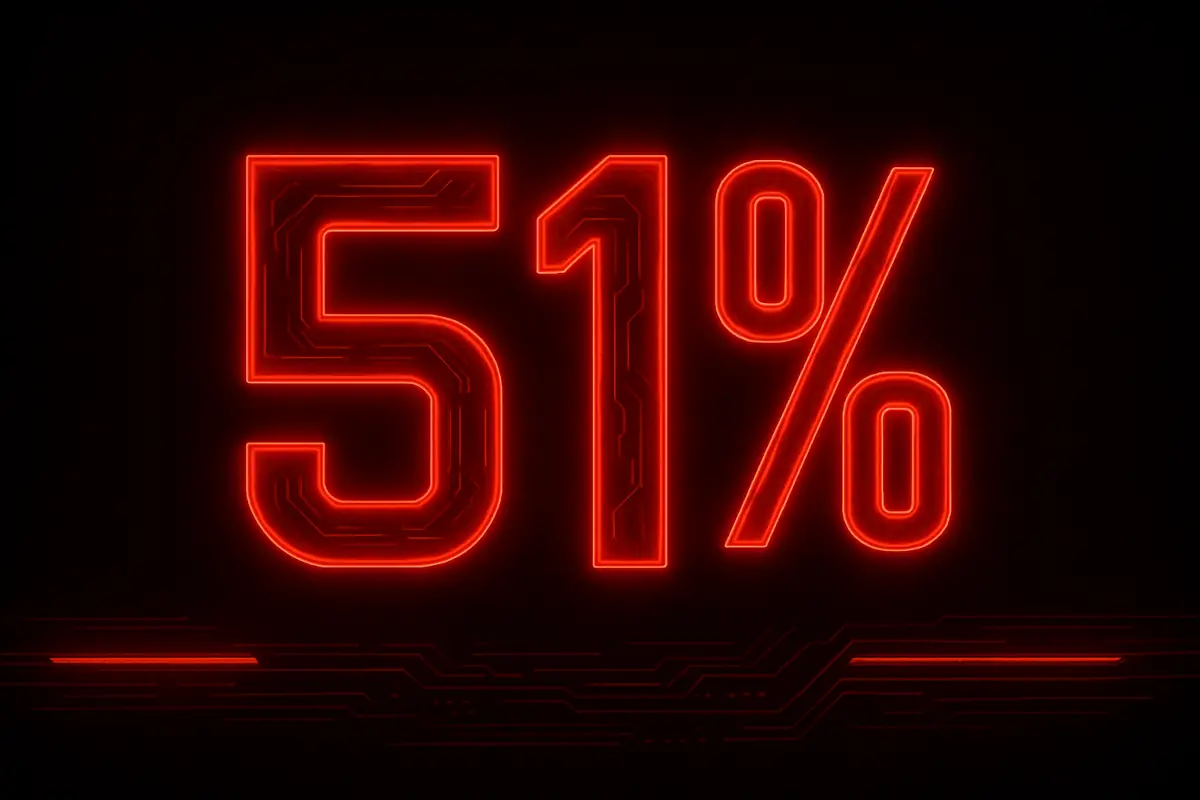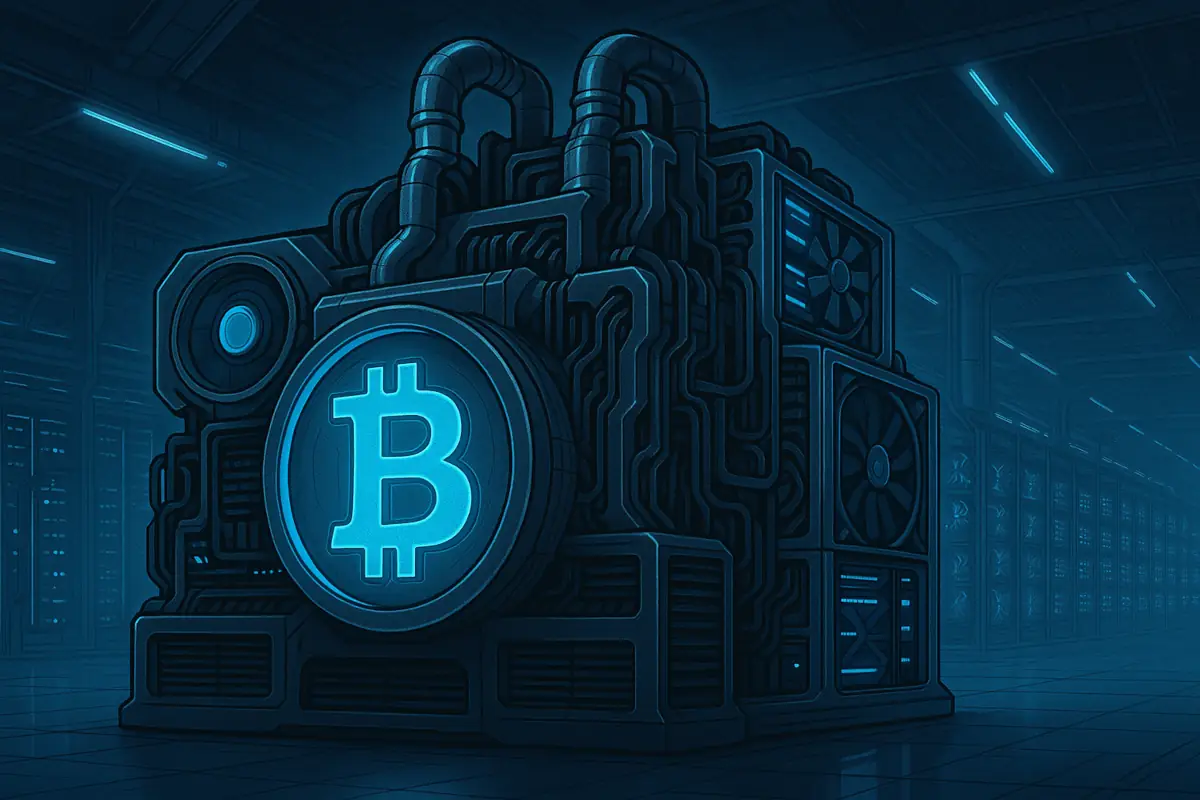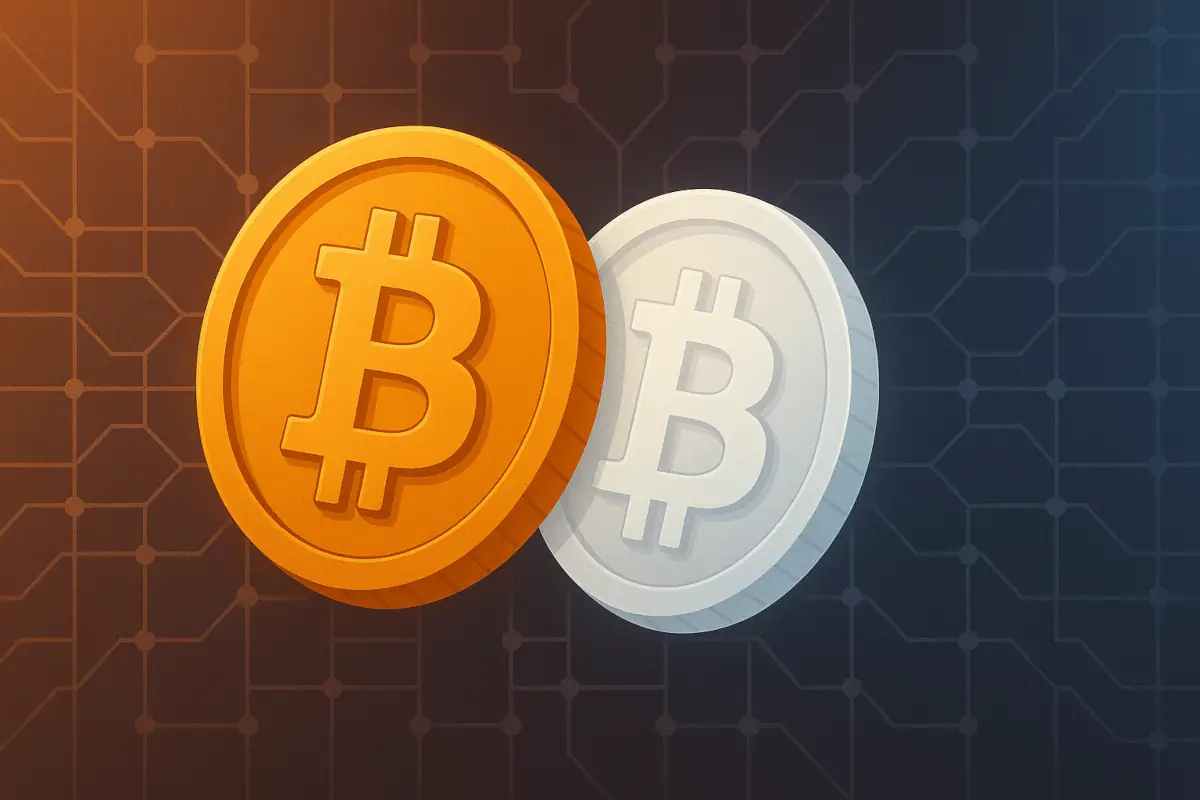Cryptocurrencies differ not only in function and structure but also in how they manage their supply. Inflationary and deflationary models affect how tokens enter or exit circulation, directly impacting value, use cases, and long-term economic outcomes.
These systems offer varied incentives and risks, influencing user behavior and network health. Some blockchains use fixed models, while others combine both to strike a supply balance. Examining how each approach functions helps clarify their roles and trade-offs in the crypto economy.
Table of Contents
Fixed Supply vs. Token Burns
Burning tokens reduces the number of available coins, creating scarcity and increasing value if demand remains stable or grows. In Bitcoin’s case, there’s no burn, but the hard cap and halving mechanism ensure the number of tokens entering circulation declines predictably. This makes the coin valuable as a limited digital asset, similar to how precious metals are treated.
Ethereum, though not entirely deflationary, introduced a fee-burning model in its London upgrade (EIP-1559). A portion of each transaction fee is removed from circulation. While Ethereum still issues new coins, the burn process offsets the supply increase, giving it semi-deflationary behavior depending on network usage.
What is Inflationary Crypto?
Inflationary crypto refers to digital currencies that increase their supply over time. New coins are regularly added to the market, either through mining rewards or a built-in schedule. This ongoing issuance can reduce the value of each unit unless demand keeps up, making it similar to fiat currencies with inflation.
Examples of Inflationary Coins
Dogecoin was capped at 100 billion coins until 2014. After the cap was removed, the supply became unlimited. This has led to an increase in Dogecoin’s circulation, but its value has declined as more coins flooded the market. What matters is the ratio of dollars to crypto, so as supply increases and demand stays flat or falls, each coin’s dollar value tends to drop.
Ethereum also operates with an inflationary model, though it has evolved over time. Initially, new ETH was issued as mining rewards under a proof-of-work system. With the transition to proof-of-stake via Ethereum 2.0 and the introduction of EIP-1559, the issuance rate dropped significantly. Now, a portion of transaction fees is burned, which can offset new issuance.
Stellar (XLM) is another example, increasing supply by 1% annually. Its goal is to encourage usage and maintain liquidity without relying on a fixed cap.
Polkadot (DOT) also follows an inflation-based design. It adjusts its inflation rate dynamically depending on staking participation, ensuring the system maintains balance and validators stay active.
Cardano (ADA) also uses inflation to reward validators in its proof-of-stake network. As supply nears its limit, the rewards decrease, striking a balance between availability and scarcity. These mechanisms help fund ongoing development, distribute rewards fairly, and keep the system functioning.
Read also: Polkadot Debates Bitcoin Reserve Plan as DOT Struggles to Rebound
What is Deflationary Crypto?
Unlike inflationary systems, deflationary cryptocurrencies work by reducing the number of tokens over time. These models attempt to protect purchasing power and ensure that token scarcity helps sustain or grow value. Tokens are usually burned or removed from circulation using predefined mechanisms, which differ from project to project.
Examples of Deflationary Coins
Bitcoin is a well-known deflationary asset, capped at 21 million coins. New coins are added through mining, but the supply increases at a decreasing rate. The halving event, which cuts miner rewards every four years, plays a crucial role. This slow rate reduces the number of coins entering the system, increasing scarcity over time.
BNB, the native token of Binance, uses quarterly token burns to decrease supply. Binance plans to remove half of the total BNB supply from circulation eventually. Another method is burning a portion of transaction fees, which has been adopted as a regular feature of its blockchain activity.
Read also: What Happens When All Bitcoins Are Mined?
The Hybrid Approach
Hybrid cryptocurrency models use both inflationary and deflationary methods. These systems are designed to respond to market changes with built-in supply flexibility. By rewarding network participation while also controlling token surplus, hybrid designs aim to keep the system functional and valuable over time.
Cosmos uses annual inflation to reward participants, similar to other proof-of-stake projects. At the same time, it removes a portion of transaction fees, balancing new token creation with steady removal. The aim is to support validators while keeping inflation in check.
Synthetix initially issued new SNX tokens to reward users. In December 2023, it transitioned to a deflationary model following governance proposal SIP-2043. The network now buys back and burns tokens using trading fees. This shift ended regular token inflation, making SNX scarcer with each transaction.
Which Model Drives More Utility?
Inflation-focused systems promote spending, network engagement, and consistent participation. These systems allow tokens to enter circulation through mining or staking, keeping contributors active. At the same time, inflation can erode the value of held tokens, especially if demand does not grow alongside supply.
Deflationary systems create value through scarcity but may discourage spending. If users expect prices to rise, they may choose to hold instead of using their tokens. This behavior can limit the economic activity needed to keep networks healthy. Reduced validator rewards in such systems might also affect security and functionality unless alternative incentives are in place.
Meanwhile, Hybrid models are gaining traction as they address both goals. They allow spending and active participation without letting the token supply grow unchecked. This model suits projects needing economic flexibility while still appealing to investors seeking scarcity-based value.




